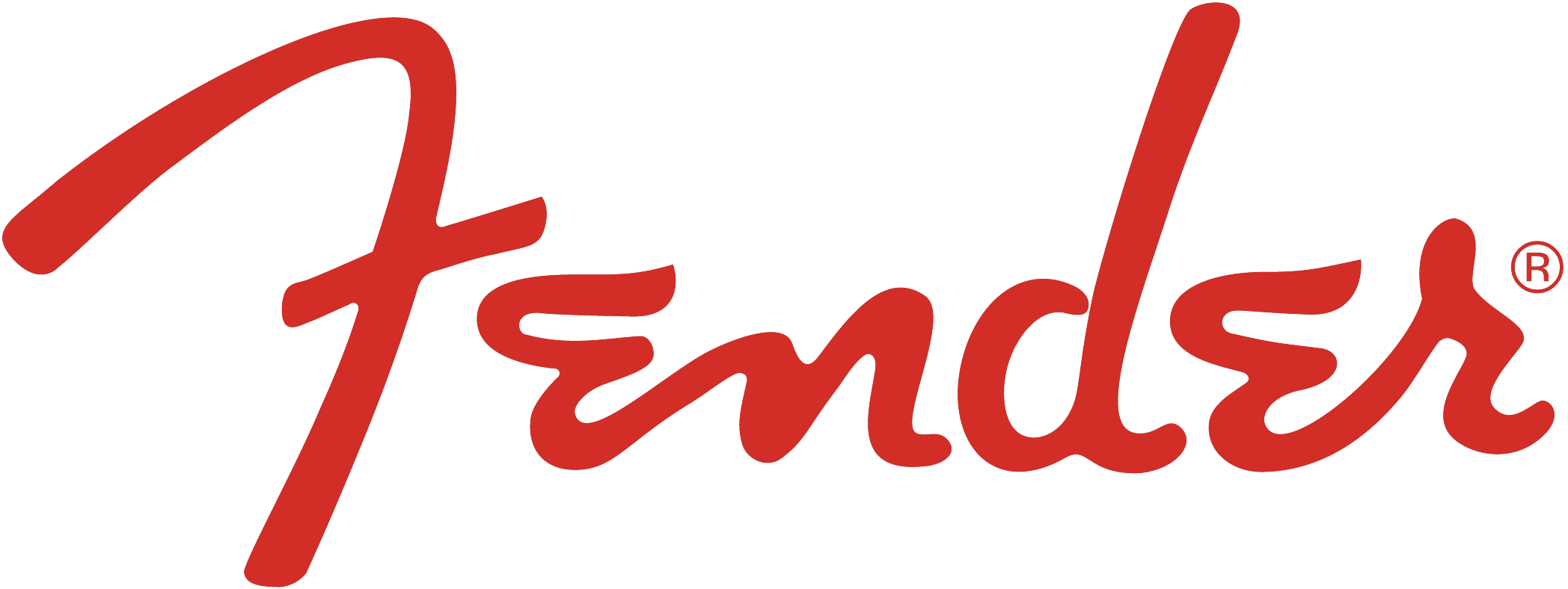Many Fender guitar and bass amplifiers can be used to record audio into DAW (digital audio workstation) software on your computer using the USB port on the amp. These instructions are generally applicable to all Fender amplifiers equipped with USB audio.
No special drivers are necessary for either Windows or MacOS to record audio from your amp to your computer. If your recording application requires low latency, however (low latency means shorter delay time between your live playing and the output then heard), you may find the default Windows drivers unacceptable. In this case, an ASIO™ driver is suggested. You may already have one if you use a USB audio interface box in your studio; if not, a free ASIO™ driver is readily available (ASIO4ALL - Universal ASIO™ Driver for WDM Audio). Before installing this driver, however, we strongly suggest verifying the basic functionality described below. Learn more about using the free ASIO™ driver here:
https://support.fender.com/en-us/knowledgebase/article/KA-02087
Please see the methods below to verify basic functionality for both Windows and MacOS computers.
Windows
First, verify that your amplifier is recognized by your computer. Then configure a recording application and record some audio.
- Turn your amp on and connect it to a computer using a USB cable.
- Press the “Start” key, type “Sound Settings”, and hit “Return” to load the Settings screen. Locate the “Input” selection below and choose your amplifier as the input device.
3. Once selected, you should see your amplifier’s output signal reflected in the “Test your microphone” level meter as shown below.
4. Now try a recording. This example uses Audacity, a free open-source cross-platform audio software application available at https://www.audacityteam.org/.
5. Open Audacity and locate the input configuration menu located next to the microphone icon as shown below:
6. Select your amplifier as the input device.
7. Press the “Record” button (red ball) to start a recording. Play some guitar. Press the “Stop” button (black square). Press the “Play” button (green triangle) to listen to your recording.
MacOS
First, verify that your amplifier is recognized by your computer. Then configure a recording application and record some audio.
- Turn your amp on and connect it to a computer running MacOS using a USB cable.
- Go to the Apple icon in the upper left corner of the desktop and select “System Preferences …” as shown here:
3. In the System Preferences window, select the “Sound” preference panel
4. In the “Sound” preference panel, confirm that your amplifier is visible as an input device in the Input tab. Once selected you should see your amplifier’s output signal reflected in the “Input level” meter as shown below.
5. Now let’s try a recording. This example uses Audacity, a free open-source cross-platform audio software application available at https://www.audacityteam.org/.
6. Open Audacity and locate the input configuration menu located next to the microphone icon as shown below:
7. Select your amplifier as the input device.
8. Press the “Record” button (red ball) to start a recording. Play some guitar. Press the “Stop” button (black square). Press the “Play” button (green triangle) to listen to your recording.



